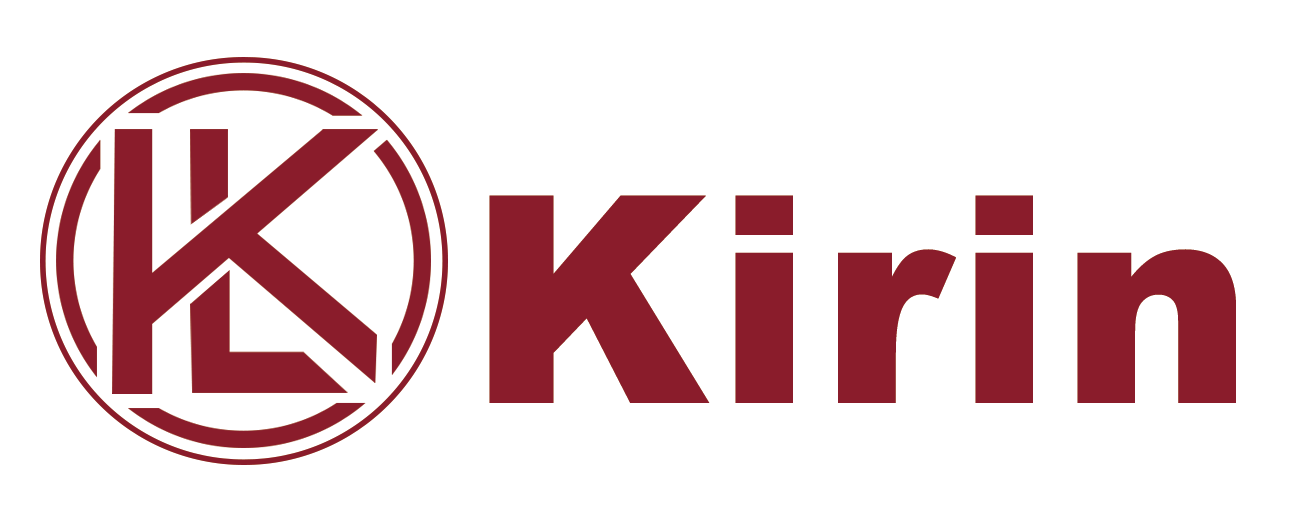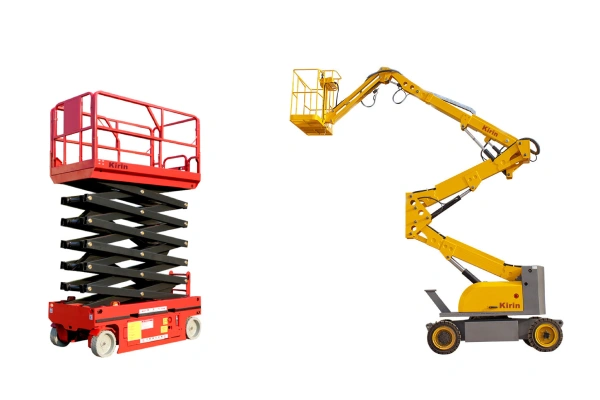An aerial lifting platform, often called a mobile elevating work platform (MEWP), is an indispensable tool across various industries, from construction and maintenance to warehousing and utilities. These versatile machines provide safe and efficient access to elevated work areas that would otherwise be difficult or dangerous to reach. While there’s a wide array of aerial lifting platforms, from towering boom lifts to compact scissor lifts, they all fundamentally rely on three core components working in harmony. Understanding these basic elements is crucial for safe operation and effective utilization of any aerial lifting platform.
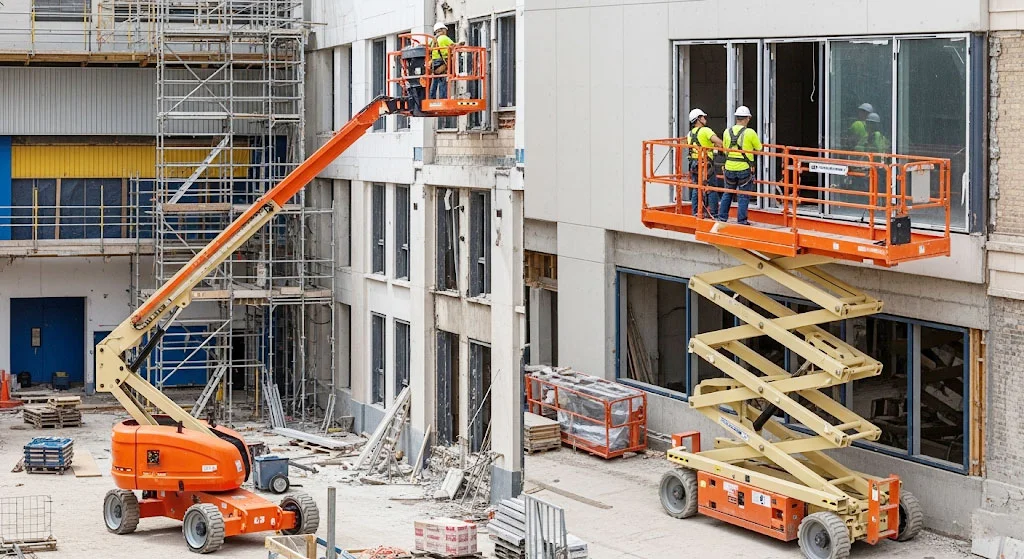
Component 1: The Platform (or Work Platform/Basket)
The platform, also commonly referred to as the work platform or basket, is where the operator and their tools are safely positioned to perform tasks at height.
Description: Typically a sturdy, enclosed cage or deck, designed to provide a secure working environment. It can vary in size depending on the specific aerial lifting platform and its intended use, accommodating one or more workers along with their equipment.
Key Features:
- Guardrails and Toeboards: Essential safety features that prevent falls from the platform.
- Non-slip Flooring: Provides secure footing for operators, especially in wet or oily conditions.
- Access Gate: A self-closing and self-latching gate allows entry and exit from the platform.
- Control Panel: Located within the platform, this allows the operator to control the movement of the aerial lifting platform.
- Lanyard Anchor Points: Designated points where operators can attach their safety harnesses and lanyards for fall protection.
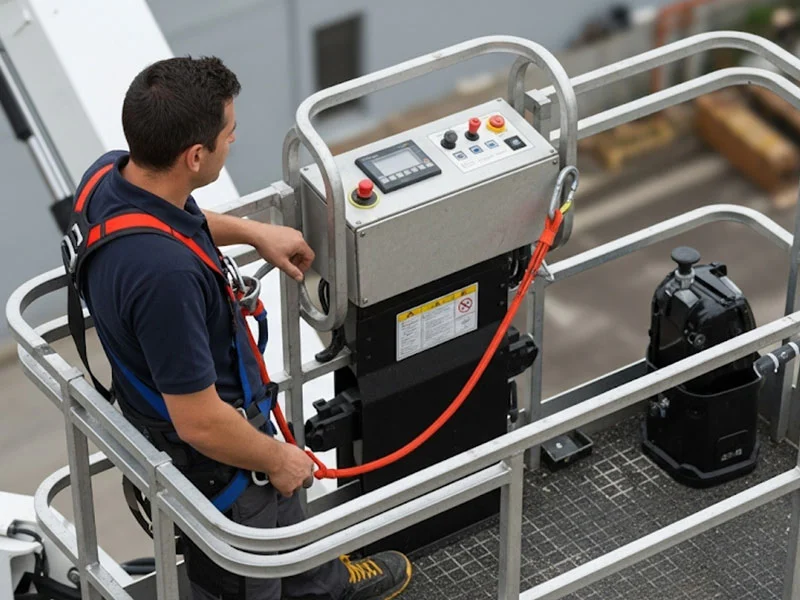
Function: To safely elevate personnel and their equipment to the required working height, providing a stable and secure space for tasks such as inspection, repair, installation, or cleaning.
Safety Considerations: Operators must always remain within the platform’s confines, ensure the gate is closed, and use appropriate fall protection equipment. Overloading the platform beyond its rated capacity is extremely dangerous and strictly prohibited.
Component 2: The Lifting Mechanism (or Boom/Scissor Assembly)
The lifting mechanism is the heart of the aerial lifting platform, responsible for extending and retracting the platform to the desired height and outreach.
Description: This component encompasses the mechanical structure that facilitates vertical and sometimes horizontal movement of the platform. Its design varies significantly depending on the type of aerial lifting platform.
Types of Mechanisms:
- Scissor Lift:
- Description: Utilizes a series of crisscrossing, folding supports (like a scissor) that extend vertically to raise the platform.
- Function: Primarily designed for vertical elevation, offering a large, stable work platform. Ideal for tasks requiring direct access straight up, such as indoor maintenance or large-area construction.
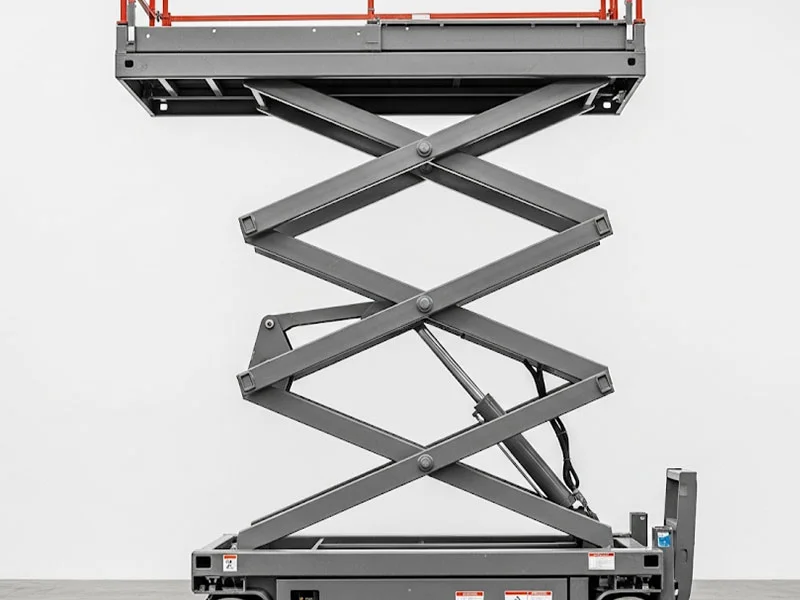
- Boom Lift (Articulating/Telescopic):
- Description: Features one or more hinged or telescoping arm sections that extend outwards and upwards.
- Articulating Boom Lift: Has multiple jointed sections, allowing it to navigate around obstacles and reach over obstructions.
- Telescopic Boom Lift (Stick Boom): Consists of straight, extendable sections, providing greater horizontal outreach and higher vertical reach.
- Function: Offers exceptional versatility for reaching work areas that are not directly beneath the machine, making them suitable for outdoor construction, tree trimming, and facade work.
Power Source: The lifting mechanism is powered by various means, including electric motors (for battery-powered units), diesel engines, gasoline engines, or hybrid systems. This power drives hydraulic pumps that operate the cylinders responsible for extending and retracting the mechanism.
Function: To precisely and safely raise, lower, and position the work platform, providing the necessary reach and height for the task at hand.
Safety Considerations: Regular inspection of hydraulic lines, pins, and structural integrity is crucial. Operators must be trained to understand load charts and stability limits for different boom configurations. Wind speeds can significantly impact the stability of a boom lift.
Component 3: The Chassis/Base (or Turret/Drive System)
The chassis, or base, provides the foundational support and mobility for the entire aerial lifting platform.
Description: This is the robust lower structure of the aerial lifting platform, housing the engine or motor, controls, and often the stability systems. For boom lifts, the “turret” is the rotating part of the chassis from which the boom extends.
Key Features:
- Stability System:
- Outriggers/Stabilizers: Extendable legs that provide a wider base of support, crucial for stability, especially on uneven terrain or when operating at significant heights and reaches. Many aerial lifting platforms, particularly boom lifts, require outriggers to be deployed before operation.
- Counterweights: Integrated weights within the base that counterbalance the weight of the platform, operators, and tools, preventing the machine from tipping.
- Mobility:
- Wheels/Tracks: Most aerial lifting platforms are self-propelled, equipped with rugged wheels for maneuverability on various surfaces or tracks for rough terrain.
- Drive System: The engine/motor powers the wheels or tracks, allowing the aerial lifting platform to be driven to different locations on a job site.
- Ground Controls: A secondary set of controls located on the base of the aerial lifting platform, allowing personnel on the ground to operate the machine in case of an emergency or for initial setup and repositioning.
- Engine/Motor Compartment: Houses the power source (e.g., diesel engine, electric motor, batteries) and hydraulic pumps that power the entire aerial lifting platform.
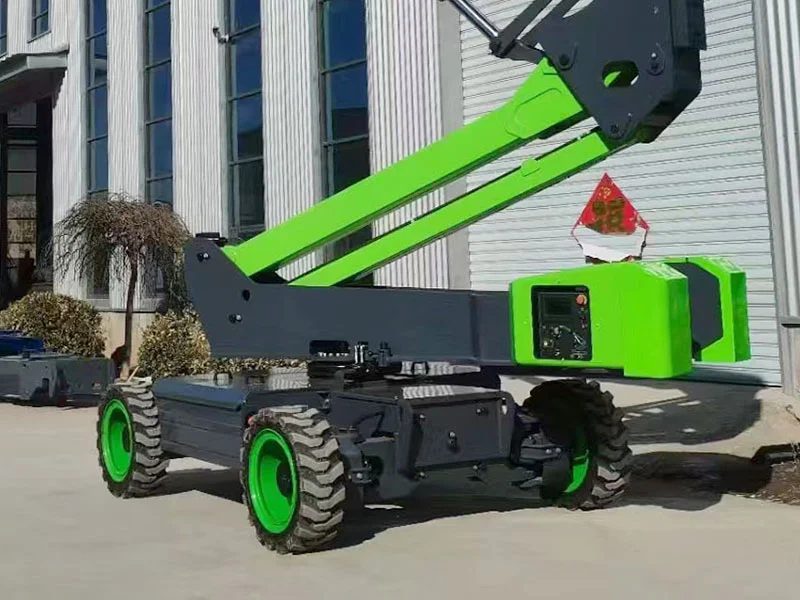
Function: To provide a stable foundation for the lifting mechanism and platform, enable the aerial lifting platform to be moved around a job site, and house the power and control systems.
Safety Considerations: The chassis must be on a level, stable surface before operation. Operators must be aware of the machine’s footprint and clearance requirements. Regular maintenance of the drive system, brakes, and stability components is paramount.
Conclusion
The three basic components—the platform, the lifting mechanism, and the chassis—are intricately linked, each playing a vital role in the safe and effective operation of an aerial lifting platform. From the secure workspace of the platform to the precise movement of the lifting mechanism and the foundational stability of the chassis, understanding these elements is fundamental for anyone working with or around an aerial lifting platform. Proper training, adherence to safety protocols, and regular maintenance are crucial to maximizing the efficiency and safety of these essential pieces of equipment.
FAQs
Q: What is the primary purpose of an aerial lifting platform?
A: An aerial lifting platform is designed to safely elevate workers and their tools to elevated work areas that are otherwise difficult or dangerous to access, facilitating tasks like construction, maintenance, and inspection.
Q: Can I operate an aerial lifting platform without training?
A: No, absolutely not. Operating an aerial lifting platform requires specialized training to ensure the safety of the operator and those around them. Proper training covers machine operation, stability considerations, emergency procedures, and fall protection.
Q: How often should an aerial lifting platform be inspected?
A: Aerial lifting platforms should undergo daily pre-shift inspections by the operator, as well as regular formal inspections by a qualified person, typically annually or as specified by the manufacturer and local regulations.
